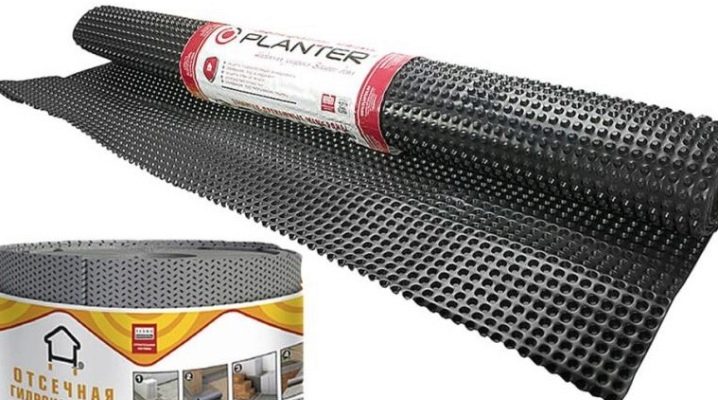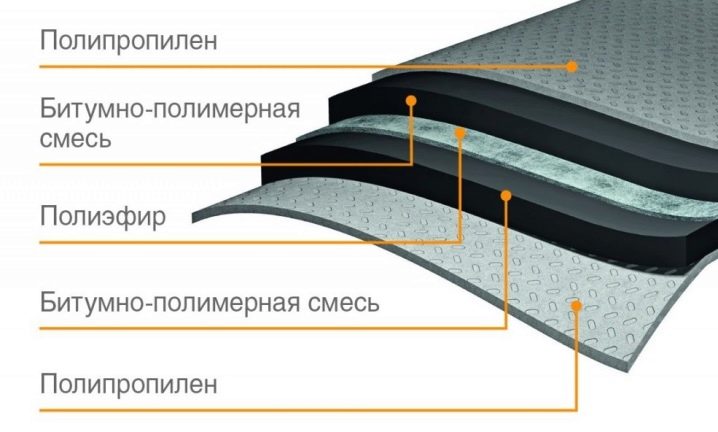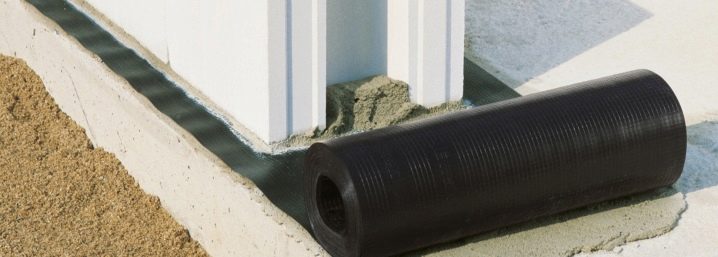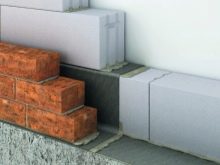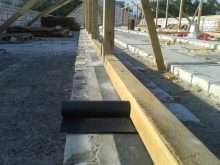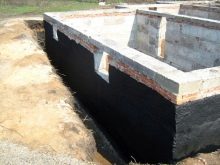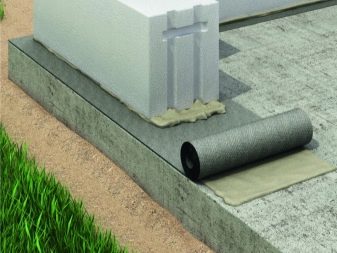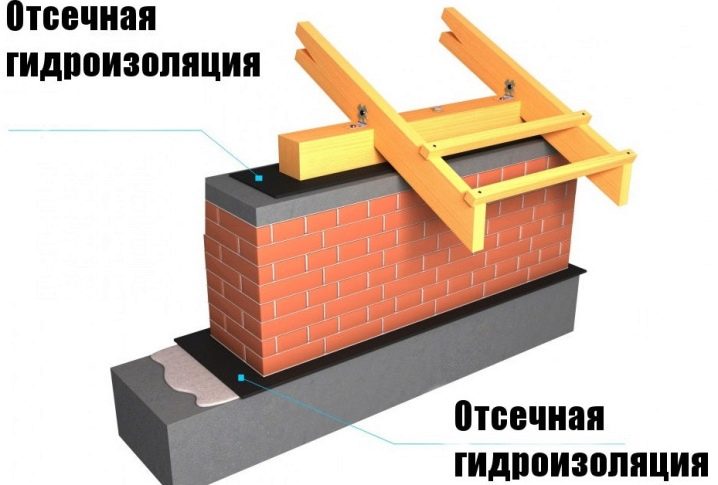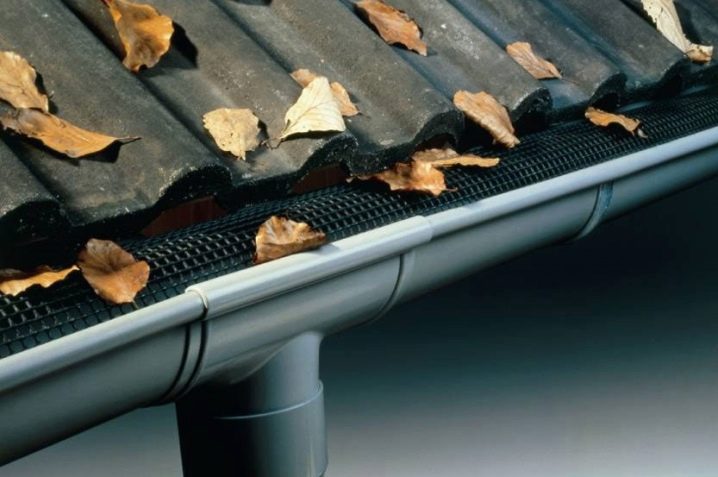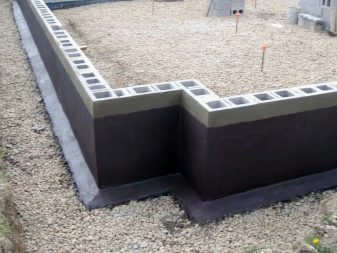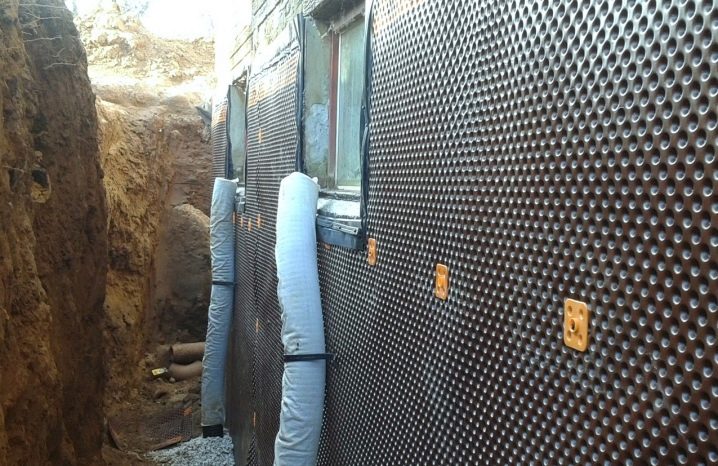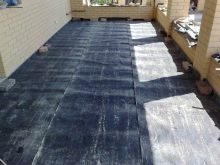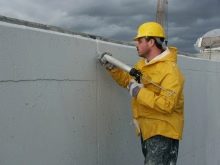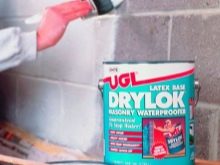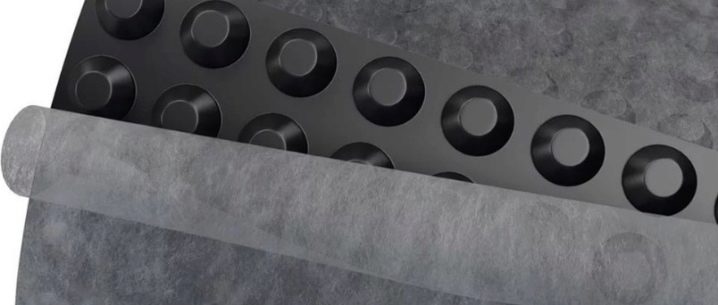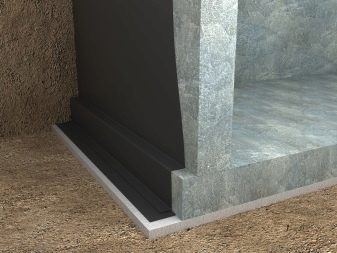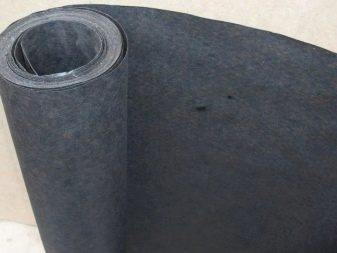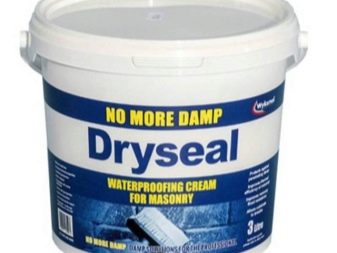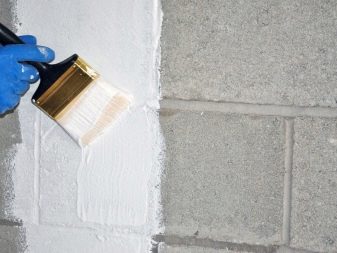Cut-off waterproofing device
When exterior walls are exposed to rainwater or high humidity, which can pass through the masonry and affect the quality of the building, it’s time to think about additional protection. Excess moisture will lead to mold growth and irreparable damage to the structure as a whole, regardless of whether it is brick or wooden frame. In wet regions, damage to the walls due to water penetration is only a matter of time.
What it is
Shut-off waterproofing walls designed to protect them from moisture. Water resistance of exterior walls is usually achieved by:
- ensure sufficient masonry thickness;
- waterproofing;
- proper construction of building joints;
- surface treatments and finishes that impede water penetration.
Stone surfaces are more susceptible to weather conditions.
If the exterior walls are not waterproof, moisture can cause staining inside the room, destroying the decorative finish. Moreover, such places are excellent breeding grounds for mold and fungi. All this causes damage to the house and leads to health problems among the tenants.
Cracks can occur for a number of reasons:
- dry shrinkage of concrete as a result of water evaporation, thermal expansion and compression of the material;
- underground movement of the earth;
- construction loads.
Regardless of the cause, the ingress of moisture destroys the surface, so it must be protected. The use of cement or common acrylic exterior paint is not an effective waterproof coating, as these options do not create an impermeable shell. The insulation device must combine the properties of effective waterproofing and aesthetics.
Advantages and disadvantages
The name “waterproofing paint” is misleading the consumer because it does not fulfill the same requirements as bitumen mastic, despite its attractive aesthetic appearance. Its use in regions with high humidity is not considered appropriate.
Among the main advantages of cut-off waterproofing:
- Odor reduction. If there is a musty fungal odor from the basement walls, the cut-off waterproofing can help mask it.
- Reduces humidity. This is especially useful during the hot summer.
- In addition to waterproofing, this option also has low cost.
Minuses:
- Waterproofing paint just acts as an additional barrier, but still allows water to penetrate into the materials at home, so it is better to use bitumen mastic.
- Peeling is especially common if you are dealing with a significant amount of water that begins to seep through walls.
- Increased pressure on the wall. Some materials increase pressure when there is water in them, and waterproofing paint can create a kind of bubble that keeps this pressure in one place. This can damage the structure of the house.
Application
It is necessary to check the walls for faults. Waterproofing is the best solution only if the surface becomes wet as a result of rainwater or moisture. Before buying products for waterproofing it is important to eliminate any other causes of dampness.This can be anything from cracks in bricks or condensation inside a wall to a leak in a water pipe. As soon as the problem is fixed, you can apply a water protective composition.
Be sure to clean the gutter. The problem with clogged gutters is not only that they can flow along the edges of the walls. They also retain rainwater, which is gradually absorbed by wooden planks or roof panels. This can lead to a number of problems, including timber rotting, leaks and mold. That is why the question of choosing a protective coating should be approached responsibly.
Plaster can help improve aesthetics, make walls more durable and protect them from moisture penetration. Although most materials for outdoor use have waterproofing characteristics, you can eliminate problems with the penetration of water and prevent re-occurrence, simply by mixing the plaster with an additive for waterproofing.
Regardless of the product chosen for waterproofing exterior walls, it is necessary to bring the surface in order in the first stage. This means that you need to use high-quality filler to repair cracks and patch holes.For this perfect mastic. Before grinding, let the filler dry, then grind rough, uneven areas, remove dust. After cleaning the surface with water, the walls are allowed to dry completely to ensure good adhesion between the permeable material and the substrate.
You can use a roller or brush to apply a waterproof layer. If a second coat is required, the first must dry completely. Enough product is used to create an impermeable barrier against moisture penetration.
Testing for water resistance is very important for evaluating the effectiveness of the composition used. Water should be sprayed onto the surface of the wall for several hours while holding the nozzle at an angle of 30 degrees. The house will pass the test only if the moisture meter shows that there is no moisture. Waterproofing exterior walls will not only prevent serious damage, but also increase the value of the building.
Once the walls are dry, they can be treated with a salt neutralizer to protect against mildew to get rid of any salt deposits or stains before redecorating.You can use the method of injection, when the composition is fed into the cracks with a special unit under pressure. Thus, the space in the brickwork is completely filled.
Review of materials
Today, a series of waterproofing products are available that are designed to help owners protect their homes from external moisture. Also products of rolled type are found. Among the range can be identified:
- Concrete waterproofing coating, which is a product that is attached to concrete and masonry. It can be applied to any surface, including painted walls.
- Silicate concrete sealant reacts with ingredients in masonry and concrete, forming a waterproofing coating. It can only be used on unsealed / unpainted walls.
- Waterproofing paint is similar to acrylic, but it provides better waterproofing.
The double system to a height of 400 mm provides protection against UV radiation, and also works as an elastomeric waterproofing coating. Exterior walls are protected from water and ultraviolet radiation using AcryCoat Strong.The material is used as a locking mechanism to reinforce the coating layer. Rub-R-Wall is a one-component, asphalt-free, 100% rubber waterproofing membrane.
Based on advanced hydrocarbon polymer technologies, elastomeric membrane coatings provide exceptional adhesion, incredible strength, and unsurpassed elasticity.
Features:
- can be used at low temperatures down to -15 ° C;
- excellent adhesion to most building surfaces, including poured concrete, concrete block, plywood;
- seamless one-component rubberized membrane;
- high elasticity (over 1800% elongation);
- the possibility of filling cracks up to 1.5 mm by injection;
- suitable for new or restoration construction.
Dryseal waterproofer is a solvent free, waterproof siloxane / silicone emulsion based on wet paint. It has a high alkalinity, is deeply absorbed into the brickwork and quickly hardens, forming an effective water-repellent layer. The composition is based on water and is environmentally safe, is an excellent adhesive material for microporous paints.
Dryseal can be diluted, the application will still reduce the water absorption of the masonry, without blocking the pores in the brick or stone, allowing the external walls to dry properly.
How to make a cut-off waterproofing foundation, you will learn from the following video.
